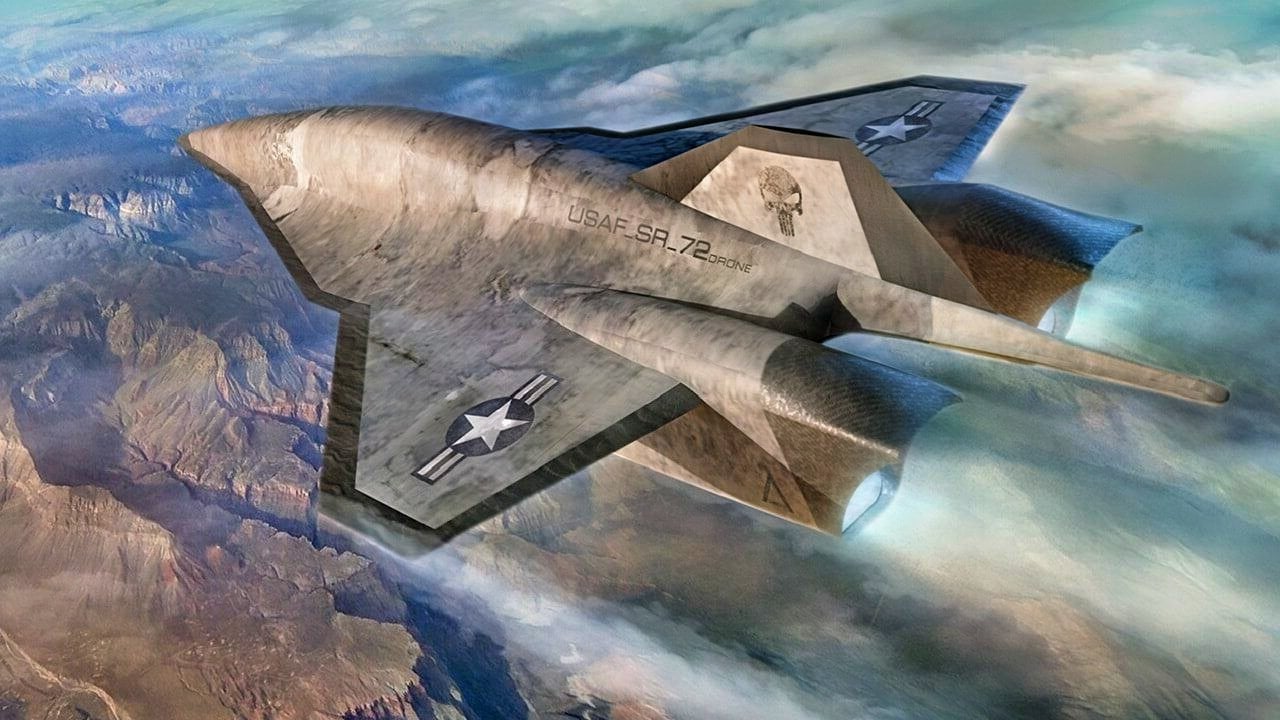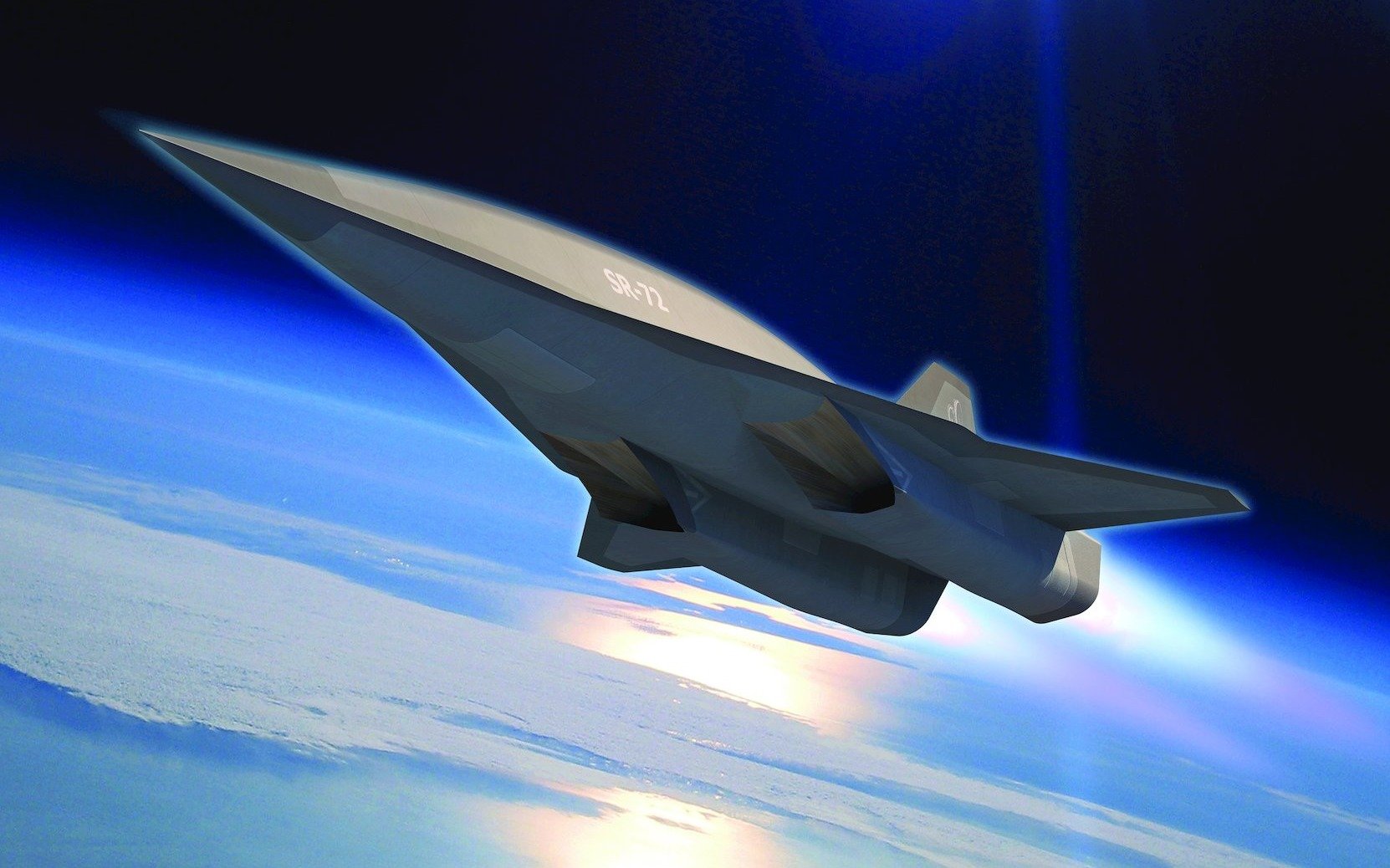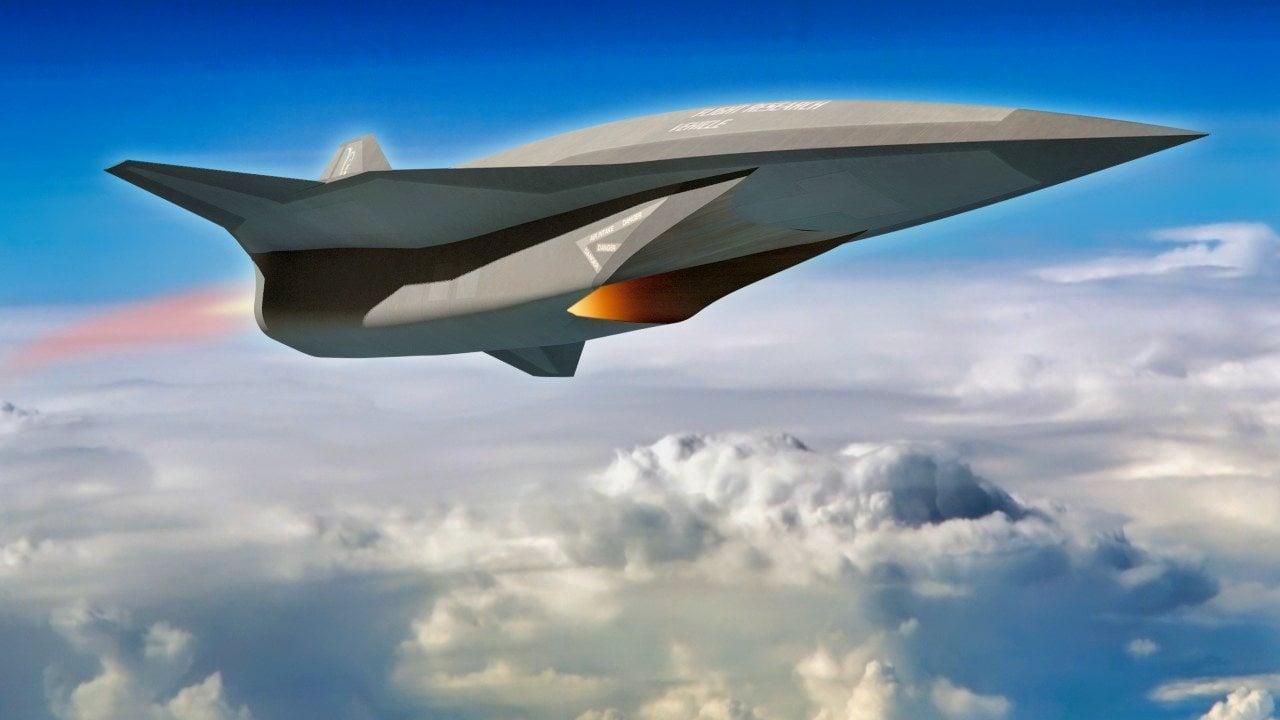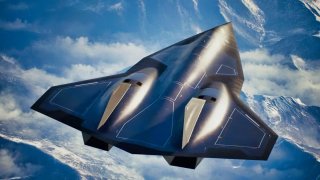SR-72: The Mach 5 Spy Plane That Could Finally Beat the SR-71 Blackbird
The SR-71 Blackbird, a legendary Cold War-era aircraft known for holding the world’s absolute speed record, may soon have a successor. Lockheed Martin’s SR-72, or “Son of Blackbird,” is designed to exceed the performance of its predecessor, potentially flying at speeds greater than Mach 5.
Summary and Key Points: The SR-71 Blackbird, a legendary Cold War-era aircraft known for holding the world’s absolute speed record, may soon have a successor. Lockheed Martin’s SR-72, or “Son of Blackbird,” is designed to exceed the performance of its predecessor, potentially flying at speeds greater than Mach 5.

-While details about the SR-72 are limited, its development suggests a significant advancement in hypersonic technology.
-If realized, the SR-72 could outpace current air defenses, bolstering the U.S. Air Force’s capabilities, especially in potential conflicts in the Pacific.
Top Gun's ‘Darkstar’ Reality: Meet the SR-72 Hypersonic Aircraft
The SR-71 Blackbird is fixed in memory as one of the most legendary aircraft to ever fly. The Cold War-era plane still holds the world’s absolute speed record.
While the Blackbird’s reputation as a powerhouse aircraft is well deserved, a planned successor could exceed its performance.
When the blockbuster hit Top Gun: Maverick collected six Academy Award nominations in 2022, manufacturing giant Lockheed Martin tweeted an image of the Blackbird to celebrate. Notably, Lockheed stated in the tweet that the SR-71 remains the “fastest acknowledged crewed air-breathing jet aircraft,” stirring up speculation that its upcoming SR-72 successor could share capabilities and design elements with the film’s fictional “Darkstar.”
The Origin Story of the SR-72
When the Blackbird first took to the skies during the early days of the Cold War, the platform was lightyears ahead of any foreign counterpart. Many believed that the military would not retire this strategic reconnaissance aircraft without securing a viable replacement, and rumors of a more capable successor began to circulate around the Blackbird’s retirement in the 1980s. However, Lockheed would not formally debut the SR-72 concept until 2013. Reports indicate that the manufacturer commenced initial design work on the platform years earlier, but in secret.
The original SR-71 could fly past Mach 3.0 thanks to its Pratt & Whitney turbojet engine. The J58 was uniquely designed to operate for longer periods of time using its afterburner. This engine was the first of its kind to be flight-qualified to travel at speeds of Mach 3.0 for the Air Force. The engine used variable geometry nozzles to control inflowing air, enabling it to travel directly into the afterburner rather than through pipes to further increase thrust.
What We Know About the Son of Blackbird
Very limited information about the SR-72 “Son of Blackbird” has been shared with the public. Back in 2017, then-executive president of aeronautics at Lockheed Martin Orlando Carvalho divulged some interesting tidbits: “Although I can’t go into specifics, let us just say the Skunk Works team in Palmdale, California, is doubling down on our commitment to speed. Hypersonics is like stealth. It is a disruptive technology and will enable various platforms to operate at two to three times the speed of the Blackbird… Security classification guidance will only allow us to say the speed is greater than Mach 5.”

Based on these remarks, some analysts have speculated that the SR-72 could actually double its predecessor’s speed.
If Lockheed’s SR-72 concept is realized, the new platform would be capable of outflying even the most advanced air defenses in service today. As Washington prepares for a potential conflict in the Pacific, the introduction of such a powerful aircraft would certainly enhance the Air Force’s prowess.

About the Author: Maya Carlin
Maya Carlin, National Security Writer with The National Interest, is an analyst with the Center for Security Policy and a former Anna Sobol Levy Fellow at IDC Herzliya in Israel. She has by-lines in many publications, including The National Interest, Jerusalem Post, and Times of Israel. You can follow her on Twitter: @MayaCarlin.
All images are Creative Commons or Shutterstock.
From the Vault
Russia Freaked Out: Why the U.S. Navy 'Unretired' the Iowa-Class Battleships
Battleship vs. Battlecruiser: Iowa-Class vs. Russia's Kirov-Class (Who Wins?)


